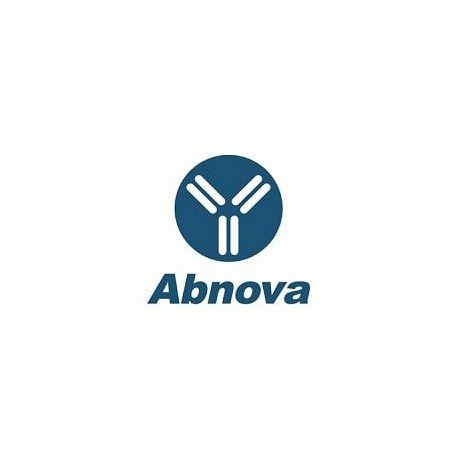Cart 0 Product Products (empty)
No products
To be determined Shipping
0,00 € Total
Prices are tax excluded
Product successfully added to your shopping cart
Quantity
Total
There are 0 items in your cart. There is 1 item in your cart.
Total products (tax excl.)
Total shipping (tax excl.) To be determined
Total (tax excl.)
Data sheet of Ubash3b polyclonal antibody
| Brand | Abnova |
| Product type | Primary antibodies |
| Reactivity | Human,Mouse,Rat |
| Host species | Rabbit |
| Applications | ELISA,IF,WB-Re |
More info about Ubash3b polyclonal antibody
| Brand: | Abnova |
| Reference: | PAB11329 |
| Product name: | Ubash3b polyclonal antibody |
| Product description: | Rabbit polyclonal antibody raised against synthetic peptide of Ubash3b. |
| Gene id: | 72828 |
| Gene name: | Ubash3b |
| Gene alias: | 2810457I06Rik|BB125008|p70 |
| Gene description: | ubiquitin associated and SH3 domain containing, B |
| Immunogen: | A synthetic peptide corresponding to C-terminus of mouse Ubash3b. |
| Protein accession: | Q96IG9(Human);NP_116262(Human) |
| Form: | Liquid |
| Recommend dilutions: | ELISA (1:2000-1:10000) Western Blot (1:500-1:3000) The optimal working dilution should be determined by the end user. |
| Storage buffer: | In 20 mM KH2PO4, 150 mM NaCl, pH 7.2 (0.01% sodium azide) |
| Storage instruction: | Store at 4°C. For long term storage store at -20°C. Aliquot to avoid repeated freezing and thawing. |
| Quality control testing: | Antibody Reactive Against Synthetic Peptide. |
| Note: | This product contains sodium azide: a POISONOUS AND HAZARDOUS SUBSTANCE which should be handled by trained staff only. |
| Product type: | Primary antibodies |
| Host species: | Rabbit |
| Antigen species / target species: | Mouse |
| Specificity: | This affinity purified antibody is directed against mouse Sts-1 protein. |
| Reactivity: | Human,Mouse,Rat |
| Application image: |  |
| Application image note: | Western blot using Ubash3b polyclonal antibody (Cat # PAB11329) shows detection of a band ~70 kDa correspondingto mouse Ubash3b. Approximately 1.0 ug of recombinant (truncated) Ubash3b-GST was separated by SDS-PAGE and probed with the primary antibody diluted to 0.3 ug/mL . |
| Applications: | ELISA,IF,WB-Re |
| Shipping condition: | Dry Ice |
| Publications: | Identification, cDNA cloning, and targeted deletion of p70, a novel, ubiquitously expressed SH3 domain-containing protein.Carpino N, Kobayashi R, Zang H, Takahashi Y, Jou ST, Feng J, Nakajima H, Ihle JN. Mol Cell Biol. 2002 Nov;22(21):7491-500. |


